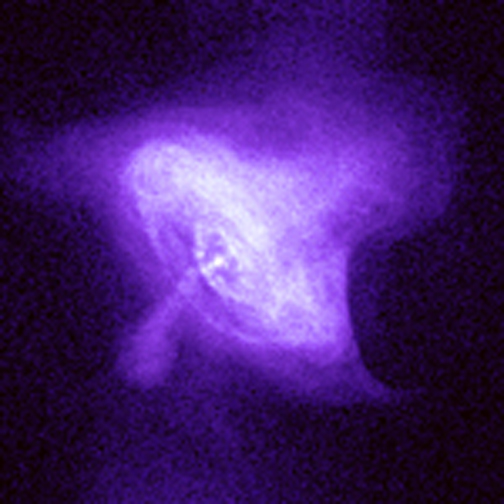Read section 8.8 and use the following figure to answer question 17.
Figure 8.16 Pulsars Properties
A pulsar is a rapidly rotating neutron star. The “pulses” of radiation we see from a pulsar are due to a misalignment of the neutron star’s rotation axis and its magnetic poles. Neutron stars for which we see such pulses are called “pulsars.” A pulsar emits radio pulses at regular intervals. If the radio beam sweeps past the Earth as the star rotates, we detect a radio pulsar. Some neutron stars may never be seen as pulsars because their beams do not sweep through the direction to Earth. The duration of the pulse itself is very short, of order microseconds. The interval between pulses is called the pulse period. Typical pulse periods range from 0.25 to 2 seconds.

Cartoon showing how a pulsar works:
